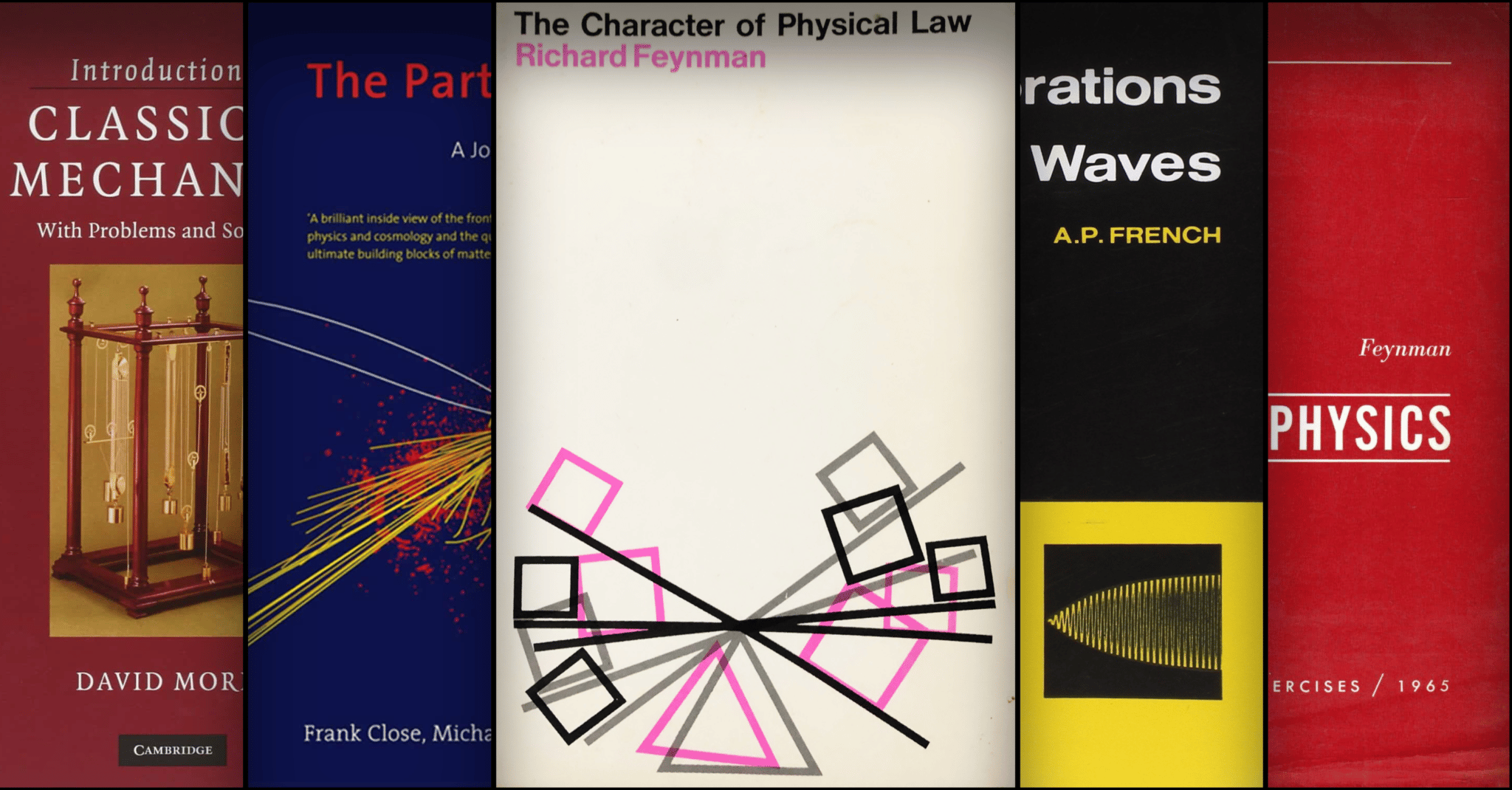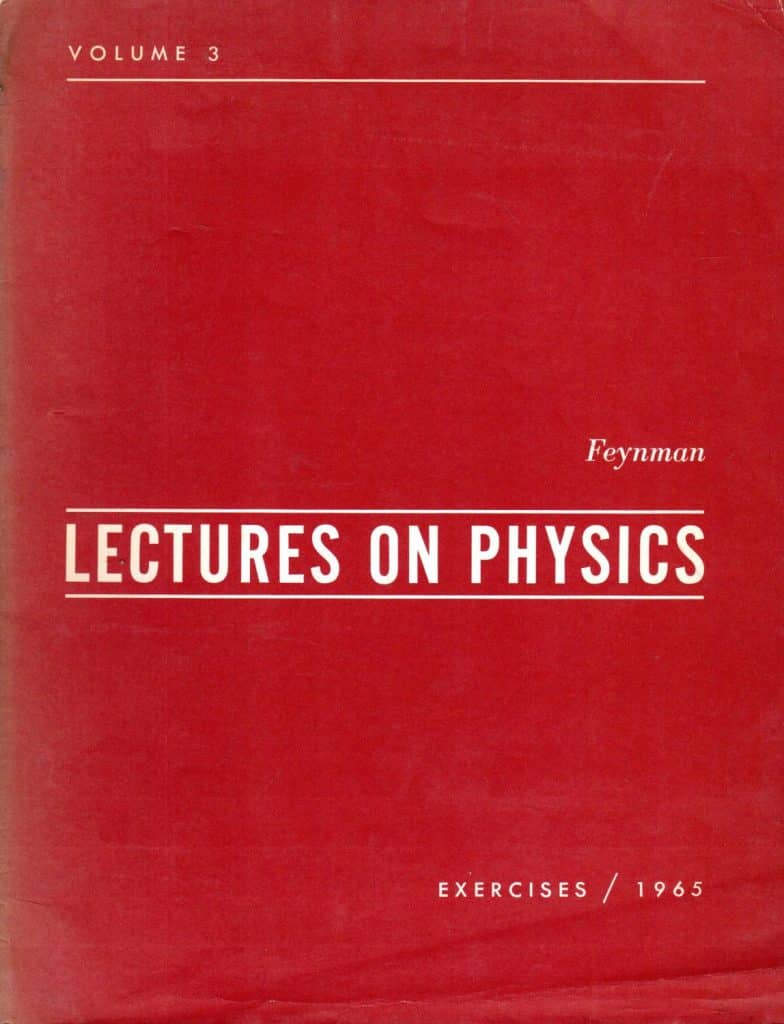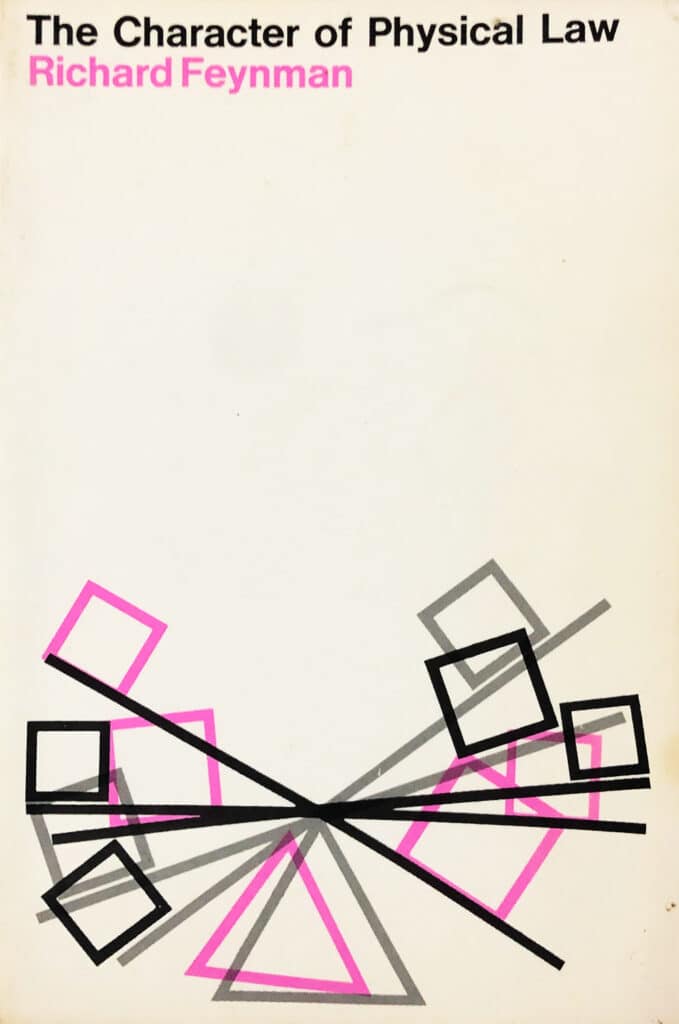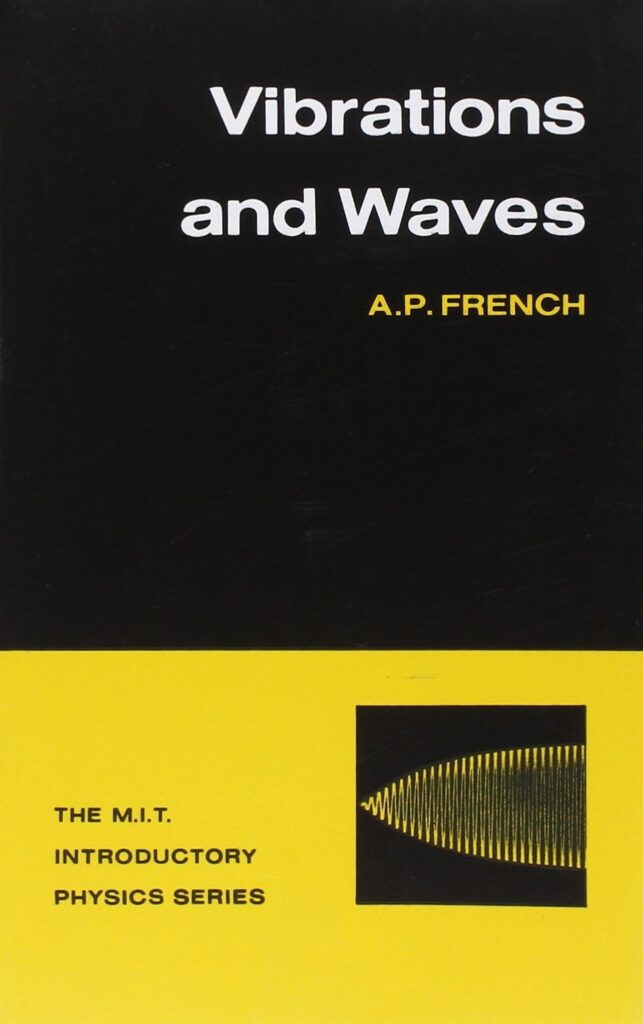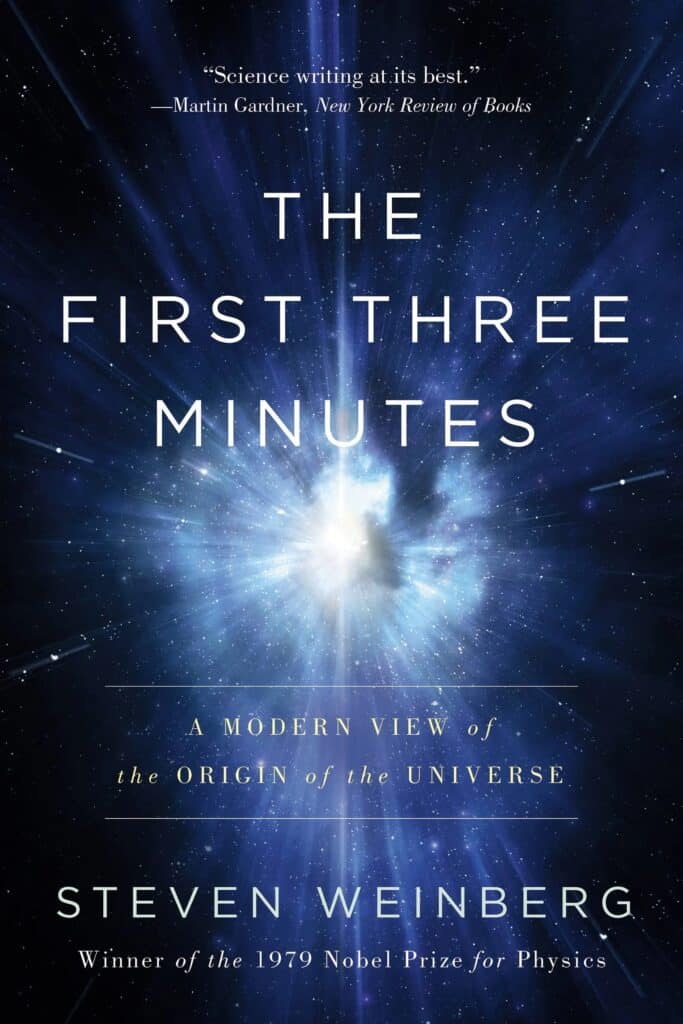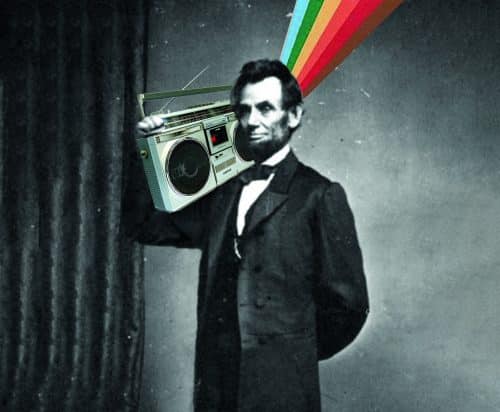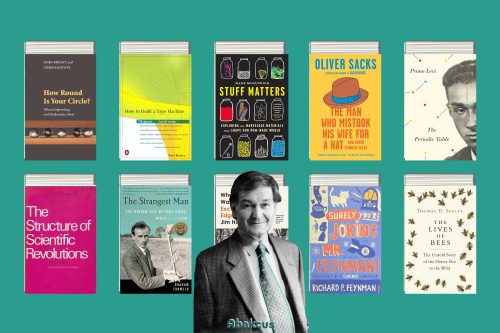Learning physics is open to everyone, and it is the same as learning computer programming or how to make a delicious pizza! Good physics textbooks help you learn physics. And then you will have a chance to understand the things around us or our universe, which might be the most beautiful experience you can ever have.
To learn physics effectively, it is important to understand the fundamentals first. A good way to start is by getting a grasp of the fundamentals of physics by reading good physics textbooks. There are many great popular books on physics, starting from introductory courses to more advanced topics such as quantum mechanics. Reading these books will give you a solid understanding of the basic concepts and help you learn the language of physics.
What are the name of the best physics textbooks?
Once you have a good grasp of the basics, you can start exploring further topics like thermodynamics, quantum mechanics, electricity and magnetism, etc., in more detail with the best physics textbooks. You can learn and understand complex topics easily and straightforwardly with the right books. In addition to reading physics textbooks, you can strengthen your foundation by solving problems from good physics problem books.
Again, learning physics is definitely achievable with dedication and hard work. So if you are interested to learn physics, start by reading these good books below, and do not forget to practice what you learn! You can also check out “22 Best Physics Textbooks, According to a Harvard Ph.D. Student in Physics.”
Good luck on your learning journey!Best
Remember those mysterious “three red books” that you used to see on people’s shelves as a kid? Well, they hold the key to understanding the world of physics. The Feynman Lectures on Physics are a captivating journey through the realm of science, guided by the brilliant mind of Richard Feynman.
Unlike traditional textbooks, Feynman’s approach goes beyond problem-solving. He delves deep into the core concepts of physics, presenting paradigmatic problems that shed light on the mysteries of the universe. These insights can be applied time and time again, giving you a solid foundation in the subject. Plus, you’ll get a sneak peek into advanced scientific theories that most undergrad textbooks don’t cover.
While Feynman may not delve into deep philosophical musings, his calculations are indisputably accurate. His focus is on practicality and getting the job done. Sometimes, philosophy and physics can’t help but intersect, but Feynman prefers to keep them separate.
Looking back on his career, Feynman viewed his lectures as an experiment. And it was an experiment that yielded tremendous success. The resulting book, Feynman Lectures on Physics, has become the go-to resource for anyone seeking to understand the intricacies of the subject.
Now, in partnership with Caltech, we are proud to present the newly corrected and beautifully printed volumes of the lectures for the first time ever. These books are not only a must-read for physics enthusiasts, but they are also an invaluable collector’s item that stands the test of time.
If you’re ready to embark on a mind-expanding journey through the world of physics, guided by one of the greatest scientific minds of our time, then the Feynman Lectures on Physics are waiting for you. It’s time to dive in and discover the wonders of the universe.
In the realm of physics and beyond, Richard Feynman’s name resonates as a symbol of brilliance, wit, and an unrivaled capacity to unveil the mysteries of the universe in an engaging, accessible manner. “The Character of Physical Law” based on Feynman’s series of Messenger Lectures given at Cornell in 1964 and first published in 1967, embodies these traits and offers a glimpse into the mind of one of the twentieth century’s most influential physicists.
At its core, this book is not just an exploration of physical laws but a testament to Feynman’s belief in the beauty and order of the universe. Through his perspective, physics becomes less about the human triumph of discovering these laws and more about the elegance with which nature itself adheres to them. It’s this humility and sense of wonder that make “The Character of Physical Law” significant and enduring.
Feynman‘s approach to discussing topics such as the role of mathematics in physics, the principle of conservation, and the enigma of symmetry is refreshingly candid and filled with personality. His prose is neither burdened by jargon nor oversimplified to the point of dilution; instead, Feynman strikes a balance that captures the complexity of physics while remaining comprehensible to those outside the scientific community.
One of the book’s strengths lies in its examination of the process of scientific discovery itself. Feynman demystifies this process, presenting it not as a series of eureka moments but as a careful, ongoing conversation between hypothesis and experiment. It is here that the reader can truly appreciate the scientific mindset—driven by curiosity, tempered by skepticism, and always subject to the immutable laws of nature.
Frank Wilczek’s foreword in later editions accentuates the timeless relevance of Feynman’s discussions, despite advancements in physics that have occurred since the original publication. This gesture acknowledges both the progress science has made and the foundational truths that “The Character of Physical Law” communicates.
Perhaps the most remarkable aspect of this book is how Feynman’s enthusiasm for physics transcends the printed page, inviting readers to share in his fascination. This is no small feat considering the often abstract and counterintuitive realms of modern physics he navigates.
In essence, “The Character of Physical Law” is a potent reminder that the pursuit of knowledge is not about asserting human dominance over nature but about striving to understand the world on its own terms. Feynman, through his insight and unparalleled ability to communicate, offers not just a book on physics but a philosophical inquiry into the heart of scientific inquiry.
For those looking to immerse themselves in the thoughts of a Nobel laureate who could speak of complex principles with the ease of conversation, “The Character of Physical Law” is an essential read. Beyond its scientific import, it serves as a beacon for the notion that at the intersection of curiosity and discipline lies the blueprint for discovery.
Vibrations and Waves is an introduction to studying vibrations and waves, focusing on mechanical systems. So, a good working knowledge of elementary kinematics and dynamics is advised. The decision to limit the book’s scope this way was guided by the fact that the presentation is quantitative and analytical rather than descriptive.
The temptation to incorporate discussions of electrical and optical systems was always strong. Still, a great part of the subject’s language could be developed most simply and straightforwardly in mechanical displacements and scalar wave equations, with only an occasional allusion to other systems.
Since the publication of its first edition, University Physics has been held in high regard for its emphasis on fundamental principles and how to put those principles into practice.
University Physics with Modern Physics is well-known for its straightforward and comprehensive narrative and exceptionally extensive, in-depth, and thoughtful sets of worked examples. These examples provide students with essential resources for developing their conceptual understanding and their ability to solve problems.
In this modern scientific classic, a Nobel laureate discusses the Big Bang and how we know what happened at the universe’s beginning. The First Three Minutes is an instant classic because of how simply and clearly it explains our origins.
For approximately 14 billion years, the age of our universe has been expanding. However, the initial three minutes of its existence can be traced back to the elements that fashioned stars, planets, and lifeforms, as well as the fundamental forces of physics.
The initial three-minute events are described in great detail in the book by Nobel Laureate Steven Weinberg. Beginning with the Planck Epoch, the oldest epoch in the universe’s history, the reader is taken on a thrilling ride that encompasses Einstein’s Theory of Relativity, the Hubble Red Shift, and the discovery of the Cosmic Microwave Background. These astonishing findings are the basis for the “standard model” of cosmology that we have today. Not only does The First Three Minutes look at this model’s appearance, but it also reveals the fascinating narrative of the innovative minds behind it.

